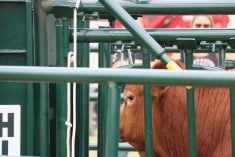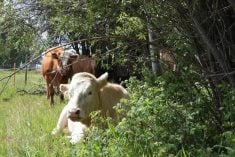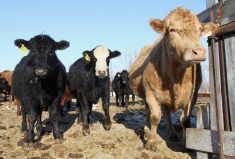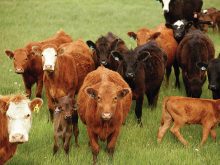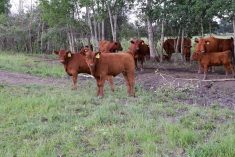The COVID-19 outbreak gives us time to reflect on how we do things with our livestock.
Cattle producers are in the unique situation in the sense we all know about infectious disease — and mitigating risk.
From now on, it won’t be as hard to explain to people how we don’t want visitors, especially around calving season. Our regulatory people may get more uptake from helping with security at, say, airports when there are outbreaks of diseases such as foot-and-mouth disease or African swine fever in other parts of the world. We now know how highly contagious diseases (whether they affect humans or livestock) can spread so rapidly and widely.
Read Also
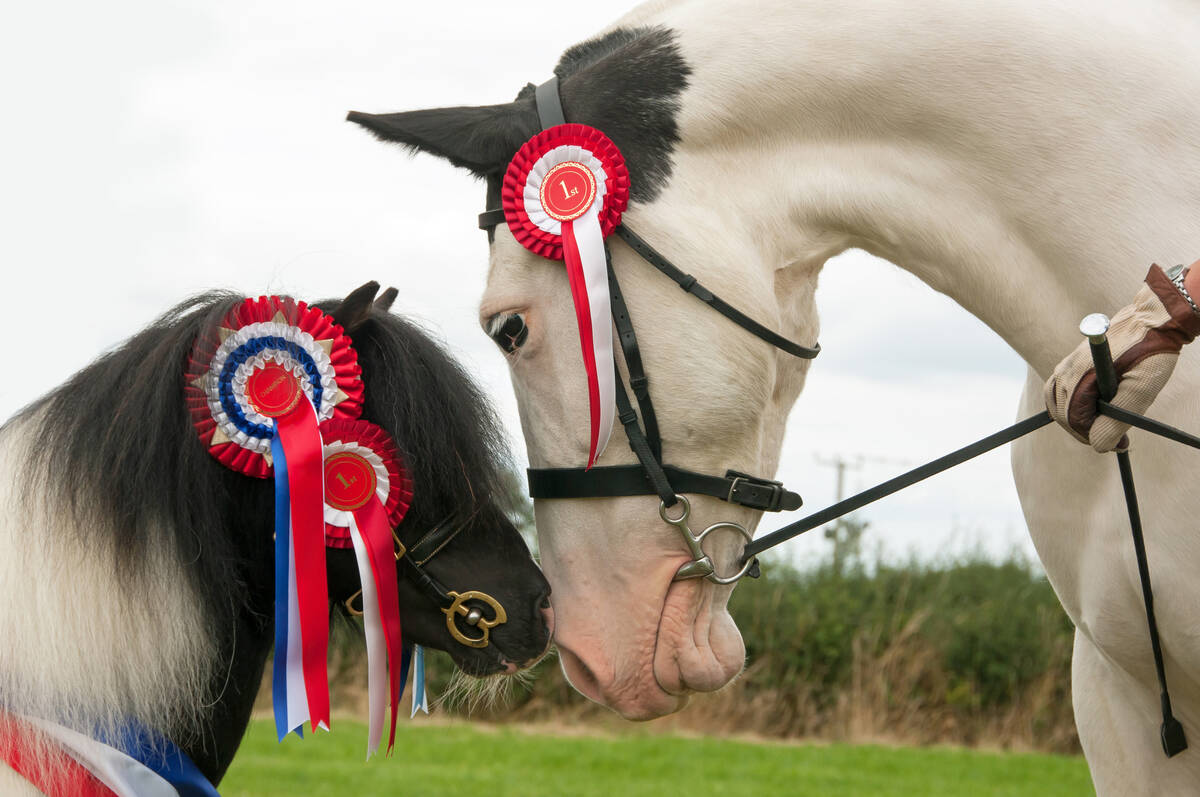
Linebreeding horses drives genetic bottlenecks
Too much linebreeding and prioritizing pedigree can narrow genetic diversity and lead to horse health problems in future generations.
We have always talked about herd immunity, meaning if the vaccines give us in the neighbourhood of 70 per cent effectiveness, the herd will be protected from any outbreak. Cases may still crop up but most times they are manageable. We know a lot of our viral vaccines are hitting the target of 80 per cent effectiveness, and others, like the clostridial vaccines, approach closer to 100 per cent (if given correctly and the booster vaccine is given). Some last a few years (similar to tetanus in humans) requiring a booster shot every decade.
I did an article in 2018 how the Canadian Veterinary Medical Association had adopted a theme of “Vaccines Save Lives” and how this really is a great form of biosecurity. This means picking the right vaccines for diseases you know are around but also being careful in bringing in cattle from a location that has diseases that are not present locally. Good examples are red water disease (clostridium haemolyticum), which is prevalent in the eastern slopes of the Rocky Mountains, and liver flukes may be endemic such as in certain areas of Manitoba.
When we as veterinarians are trying to help you plan a vaccination program it is critical to know what your cattle (both raised and purchased) have had previously. It is often the replacement heifers or purchased bred animals where big gaps are developed in the vaccine programs. When it comes to using modified live vaccines on pregnant animals, we need to absolutely know what these vaccine histories are. It would be fantastic if health and vaccination histories are included in sales catalogues and listed on auction programs or internet sales such as DLMS.
Speaking of DLMS and other satellite internet sales, I would say they single-handedly saved a lot of the purebred bull sales this spring. Roughly half of them happened after the COVID-19 lockdown with not more than the 15 people in total at the sales.
This to me shows the resiliency of the industry and how technology can really make a true virtual sale that purchasers are confident in.
Going into the future, will this be more of the way we all go? The percentage of cattle sold through these online services has been increasing every year and this was a great test of the system. Lots of overhead costs are reduced and the cattle can go from seller to buyer directly.
We are seeing this at bison sales, as well. Bison get even more nervous, especially when loaded and sent to an auction facility only to be loaded again a few days later. This stress and exposure to stressors and potential disease from direct exposure is something that is really hard to minimize.
The pre-sort sales whereby cattle are all weighed, mixed and sorted to get nice groups that are consistent in weight and colour (and can sell quicker) is a real trade-off as the health history is lost and the potential for spread of disease increases. This is something we have known for years.
Producers at calving time are pretty isolated but we may see fewer trips to town and having more pharmaceutical inventory. Large-animal veterinarians together with producers have probably been the leaders in telemedicine, and videos can help reduce travel and labour costs. There are models in which veterinarians can tie that into your herd health program and VCPR (veterinarian-client-patient relationship).
As with every pandemic (human or animal) we will learn to adapt and be better for it as we go forward. I firmly believe that, and new technology is definitely supporting that.





